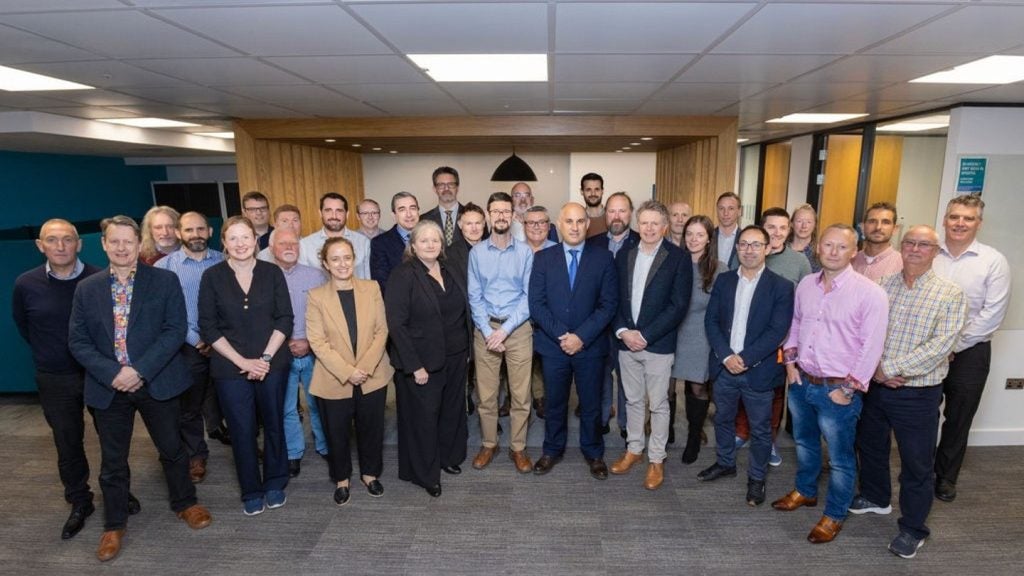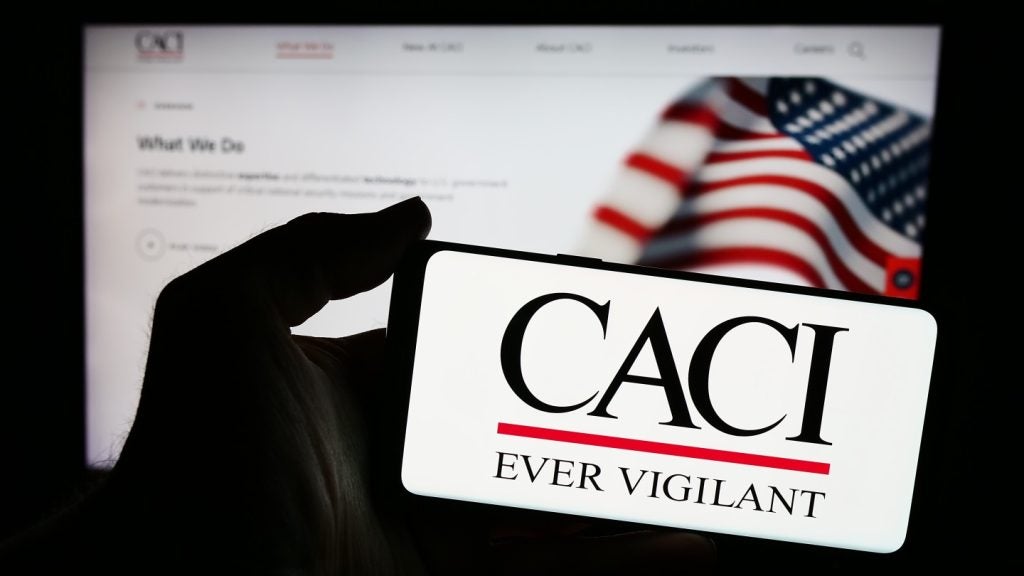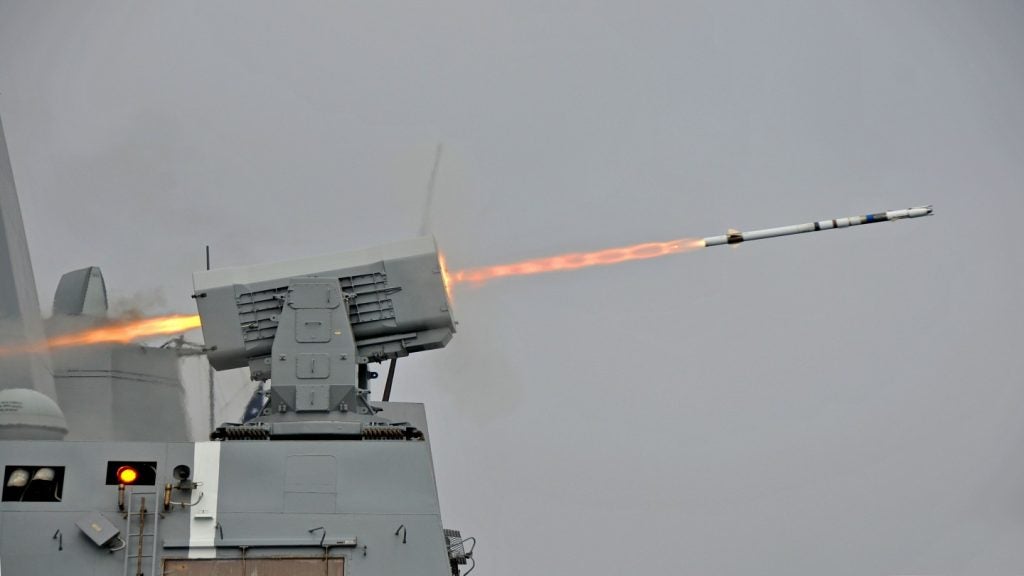Australia’s quest for nuclear submarines is far from over, their ambition to assemble them in South Australia has significant roadblocks and is heavily reliant on an influx of foreign manufacturers and personnel. Comments by the head of Australia’s nuclear submarine task force indicate that Australia is selecting a ‘mature design’ with production already in existence, which limits it to a few key candidates.
A possible option for Australia is a submarine based on the Virginia Class attack submarine operated by the US, however, this has a number of potential problems. Primarily, that Electric Boat and Newport News, the American shipyards that currently construct the submarines, are only just fulfilling current orders and are focused on preparations to build new Columbia class submarines, leaving them little room to either expand domestic production or export production capability to Australia.
In the UK the Astute class presents a potential option for the Australians, the Astute is smaller and less expensive to produce than other options including the Virginia Class, but UK shipyards are similarly congested with production and would likely not be able to accommodate the increased production required by Australia. Additionally, the UK is phasing out the nuclear reactor that is fitted in the Astute – compounding the problems with selecting this model.
A combination of several of the above could be an option, but this presents its own problems. In an Australian Senate hearing at the end of October, the idea was floated that the rear half of the submarines, containing the nuclear reactor could be built overseas and the remaining 40% built domestically. But this would encounter the problems with foreign production listed above as well as personnel and production issues on the Australian side. Estimates of full domestic production put the cost at 1.5 to two times the price of producing the submarines wholly overseas, in addition to the extra time in setting up a total or even partially Australian production line, creates a significant barrier to the idea of domestic production.
The main barrier is cost, since building the facilities and transporting all the necessary equipment to Australia will significantly increase the costs of an already expensive purchase. Australia has a deadline of 2036 for the acquisition of new submarines, when the first of its diesel-powered Collins-Class submarines will outlive its already extended lifespan. The ramp-up for this programme will have to start sooner rather than later. Australia is at present, a nuclear-free country and only has one university programme dedicated to nuclear engineering – producing five graduates a year, even with a ramp-up they will not be able to produce enough personnel domestically and will have to rely heavily on foreign recruitment.
How well do you really know your competitors?
Access the most comprehensive Company Profiles on the market, powered by GlobalData. Save hours of research. Gain competitive edge.

Thank you!
Your download email will arrive shortly
Not ready to buy yet? Download a free sample
We are confident about the unique quality of our Company Profiles. However, we want you to make the most beneficial decision for your business, so we offer a free sample that you can download by submitting the below form
By GlobalData









Related Company Profiles
NEWPORT NEWS, LLC.
Electric Boat Corp
Astute, Inc.